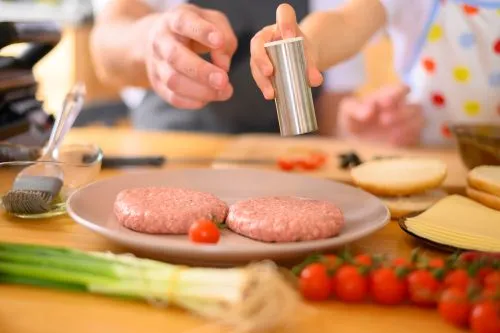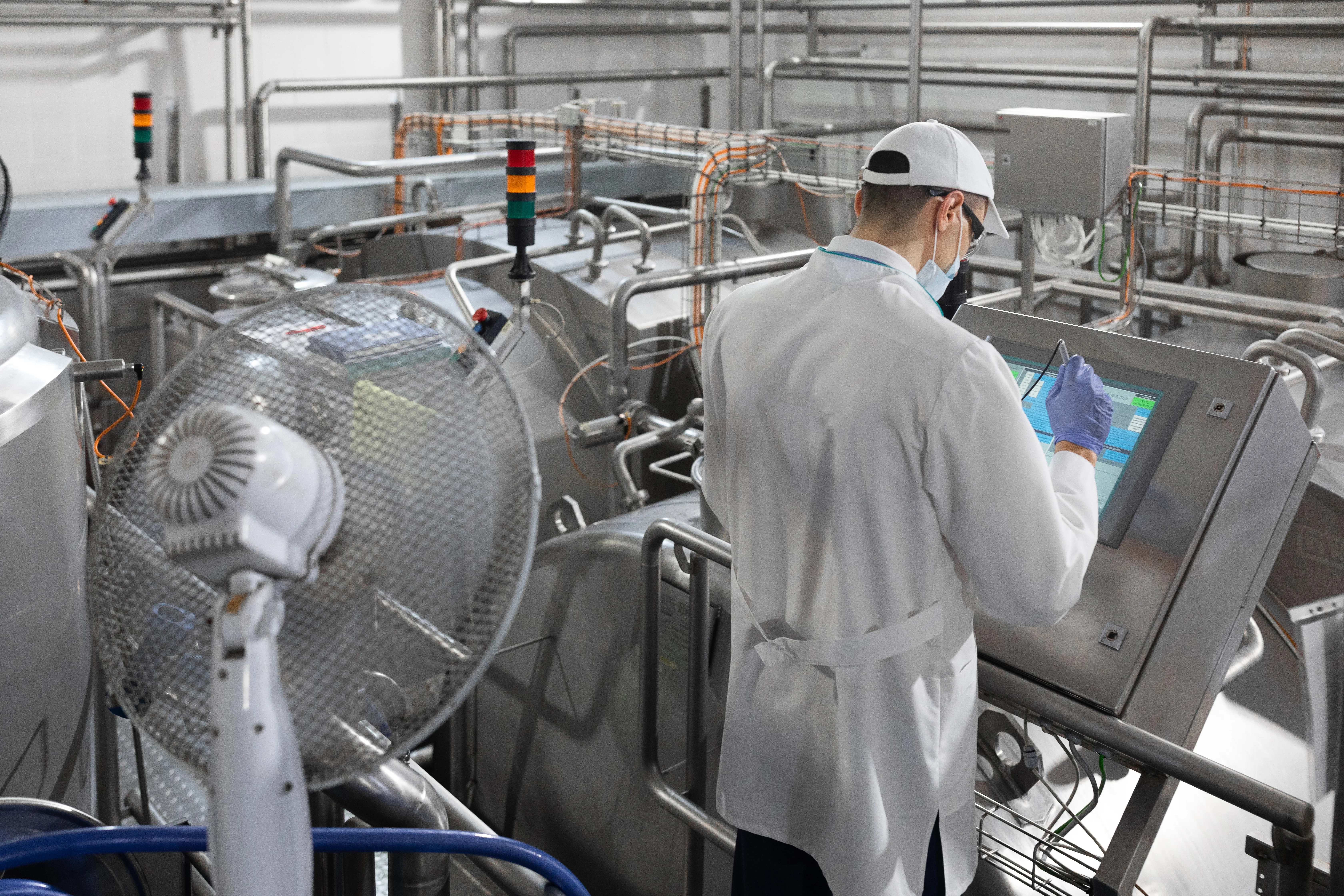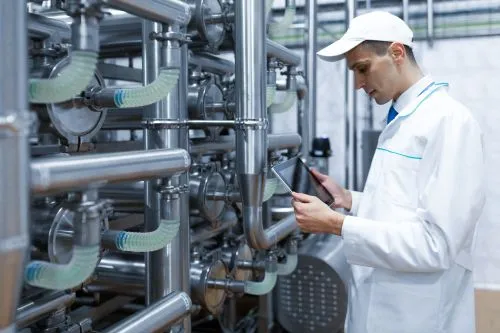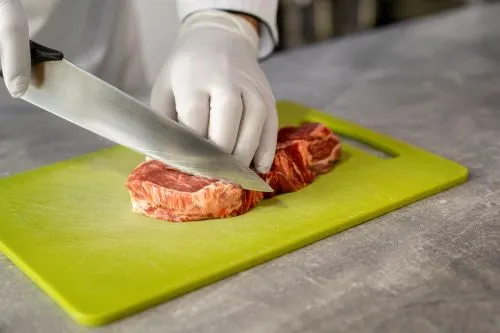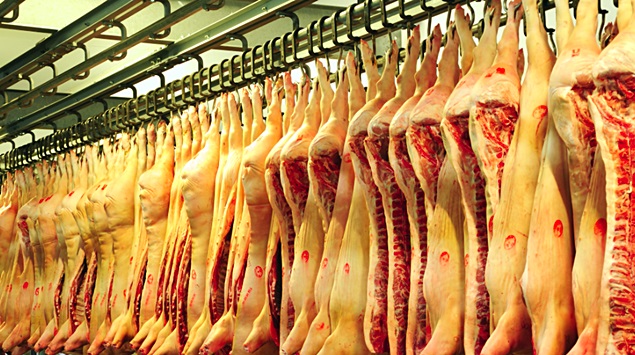
Evolution of Slaughter Numbers and Carcass Weight in April 2024
Comparison with March 2024
- Increases: The number of slaughters and carcass weight increased for pigs, sheep and goats, and poultry.
- Decreases: The number of slaughters and carcass weight decreased for cattle.
Comparison with April 2023
- Increases: The number of slaughters and carcass weight increased for pigs and poultry.
- Decreases: The number of slaughters and carcass weight decreased for cattle, sheep, and goats.
Definition of "Carcass Weight"
a) For cattle: Carcass weight represents the weight of the slaughtered animal's body, whole, after the removal of the skin, blood, and internal organs, without the head, udder, tail, kidney fat, and legs (separated at the metacarpal and metatarsal joints).
b) For pigs: Carcass weight represents the weight of the slaughtered animal's body, whole or split into equal parts along the spine, after bleeding, without internal organs, hair, hooves, tongue, leaf lard, and diaphragm.
c) For sheep and goats: Carcass weight represents the weight of the slaughtered animal's body, after bleeding and removal of the skin, without internal organs, head, and legs (separated at the metacarpal and metatarsal joints). The kidneys and kidney fat are included in the carcass.
d) For poultry: Carcass weight represents the weight of the slaughtered bird, after bleeding, without feathers, down, internal organs (intestines, liver, heart, gizzard), head, neck, and claws.
